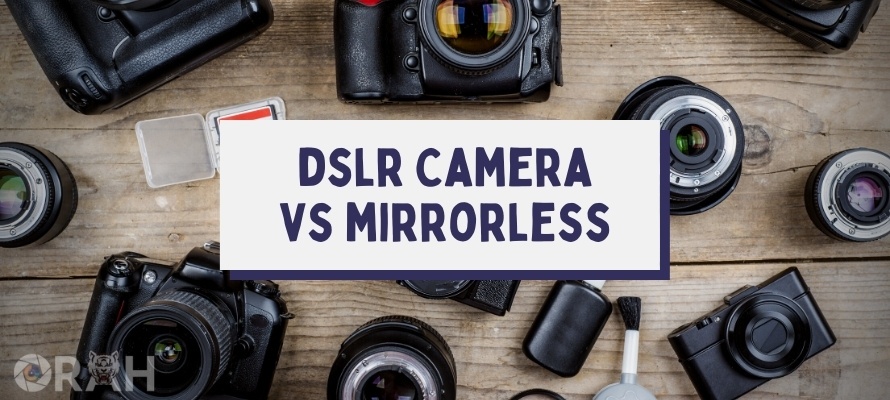
Whenever you find yourself in the market looking for a new camera, there are several options available to choose from, to be honest.
Some of them are excellent, while others are just average, at best. The one question that I always get asked is about highlighting the differences between DSLR and mirrorless cameras.
If you are looking for a mirrorless vs DSLR guide, you are at the right spot as that is exactly what we are going to do in this article as we are spending some time dissecting both cameras and finding out the differences.
This is going to be a bit longer than usual comparisons, but hey, we have to be sure that we have covered all the details.
Both cameras are great, but it will slowly reveal why mirrorless cameras are getting better and better as time goes on. So, let’s not waste more time and get right into it.
What Is A Mirrorless Camera?
The first camera that we are going to discuss is the mirrorless camera. These are newer to the market and are still getting a lot of new improvements as time passes by.
However, when these cameras were released initially, they failed to handle a candle against DLSRs because of how young the technology was.
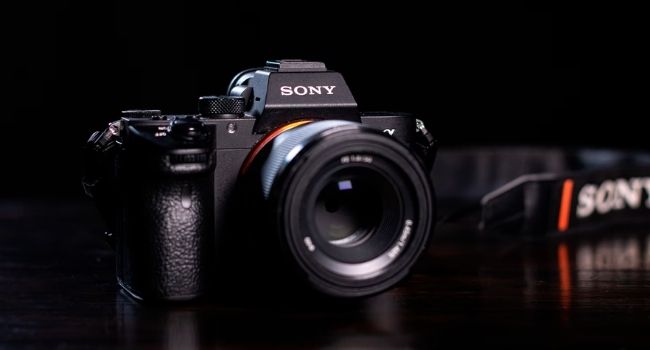
Thankfully, mirrorless technology has evolved to the point that it has slowly started to take over the market, and now DSLRs are being phased out at the same time. For those wondering what exactly is a mirrorless camera or how it works, it is honestly not that complicated.
You see, a mirrorless camera’s biggest differentiating factor is that it does not have a mirror. This means that the light enters the camera through the lens, falls straight onto the sensor, and the sensor sends that light to the EVF (electronic viewfinder), and it displays the image to you.
Now, the EVF itself is a small screen that displays the photo, and since there is no mirror present, any changes that you are making to the image in terms of exposure or ISO will be displayed before you even take a shot So, your picture will come out looking exactly as you planned it.
What Is A DSLR Camera?
Next up, we have the legendary DSLR cameras. The reason I say legendary is because they have been around for a long, long time. Now, DSLR cameras once ruled the market, and even now, there are a handful of them in the market that are still being actively used.
However, the one thing with these cameras is that they are not seeing the same level of innovation due to how mature the technology has become. At this point, one could easily say that these cameras have started to hit the decline and are nearing their lifecycle, as well.
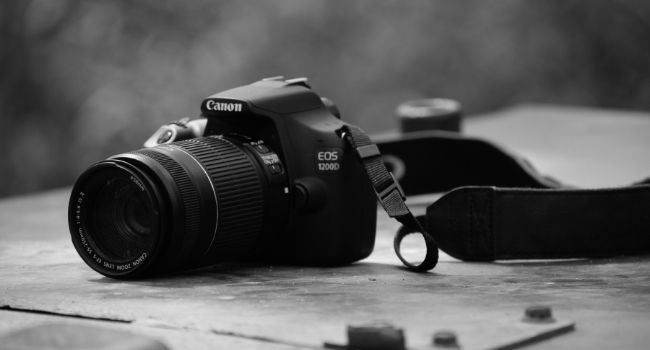
DSLR cameras, although, can produce excellent results. They just lack the same finesse as mirrorless cameras.
As opposed to mirrorless cameras, they have a mirror in them that sends the light to the optical viewfinder and that shows you what you are looking at. Of course, once you take the picture, the mirror flips, and the light hits the sensor, and the picture is taken.
The changes you make in the picture are not reflected on the optical viewfinder and have to be adjusted later on.
Mirrorless Vs DSLR: What Are The Key Differences?
When comparing both mirrorless and DSLR cameras, on the surface, it might look like there are not as many differences, to be honest. But that is not the case. Thanks to mirrorless cameras being newer, they enjoy a wider range of features.
1- The Features
The first thing that we are going to explore is the features that mirrorless cameras and DSLR cameras bring to the table.
Honestly, for a large part, the feature set is the same. Sure, the mirrorless cameras are significantly smaller and more compact, but that is not a feature as much as it is a form factor.
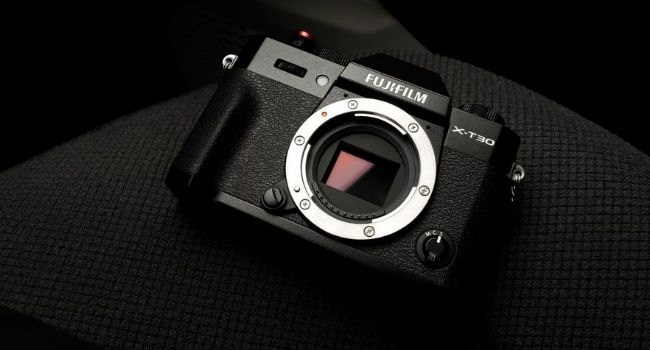
However, there are a few things that have become a lot more common in mirrorless cameras. For starters, most of the mirrorless cameras in the market come with in-body image stabilization, a very important feature for most users.
Additionally, most of the mirrorless cameras that you see also offer 4K recording as it is not considered a premium feature that is only reserved for the highest-end cameras in the market, either.
Last but not the least, another common feature that mirrorless cameras have been enjoying a lot is the inclusion of slow-motion recording.
Sure, all these features are available in DSLR cameras, but on that side, you have to pay a premium and buy a higher-end camera. Whereas any good or latest mirrorless camera, regardless of the price point, would already have this feature. This alone makes the mirrorless cameras a lot better.
2- Lenses
For any camera that has an interchangeable lens system, lenses are important, to be honest. Because without the proper lens, you might not be able to take the type of picture you want to take, and that is just going to result in your money being wasted.
For DSLRs, the most popular lens mount was Canon’s EF mount which went on for a very long time until Canon announced the mirrorless series of cameras, and the RF mount was born. The same goes for companies like Sony, Nikon, and other camera manufacturers.
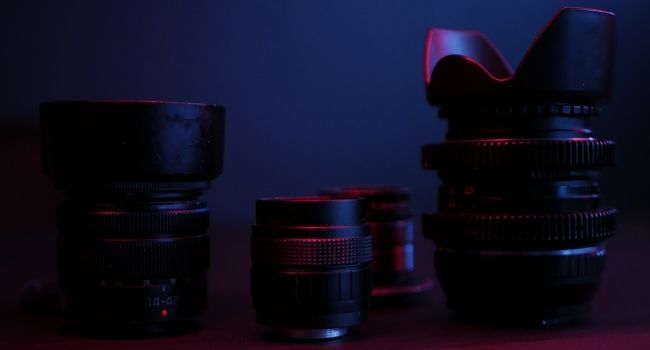
However, the one thing that you must know is that even if the lenses for mirrorless or DSLR cameras do use a different mount, you can always adapt them on one and the other by using lens conversions or lens mounts.
These are inexpensive tools available in the market that will allow you to have a wider selection of lenses at your disposal.
So, I cannot quite declare a winner here as it almost always depends on the lens that you want to use and whether you are willing to adapt to a different lens mount or not.
If you are okay with using different lenses, then your Sony A7III, for instance, can pretty much use all the lenses in the world.
One thing that I would like to point out, however, is that in some cases, you might lose some functionality. So, it is better that you know about it beforehand.
3- Viewfinders
Another important difference between both cameras is the viewfinder system. A viewfinder is the part of the camera that displays the image that the lens is saying.
They are inherently different on both mirrorless and digital cameras. Too different, if you ask me, to be honest.
For starters, the DSLRs ship with an optical viewfinder or (OVF) as it is known. This viewfinder relies on the mirror that exists in the DSLR cameras.
The light enters the lens and hits the mirror; the mirror then redirects the light to the optical viewfinder, where you get to see what the lens is seeing in front of it.

Once you are done composing the shot, the next step is to press the shutter button. Doing so flips up the mirror, drops the shutter, and the light hits the sensor, and the picture is taken.
The downside of this is that you cannot see what changes you have made until after the image is processed in the camera.
On the other hand, mirrorless cameras use no mirror. This means that the light entering through the lens hits the sensor straightaway.
This allows the photographer to make all the changes such as ISO adjustment, aperture, or exposure, or even the focus, and the changes that you will make will reflect on the image before it is even captured.
Mirrorless cameras are clear winners here.
4- Camera Performance
Camera performance honestly means a lot more than one might think, to be honest. However, I am not going to confuse people here, and let’s talk about how fast the images are processed because that is a really important thing that most people completely overlook.
After all, you do not need a camera that is slow at processing.
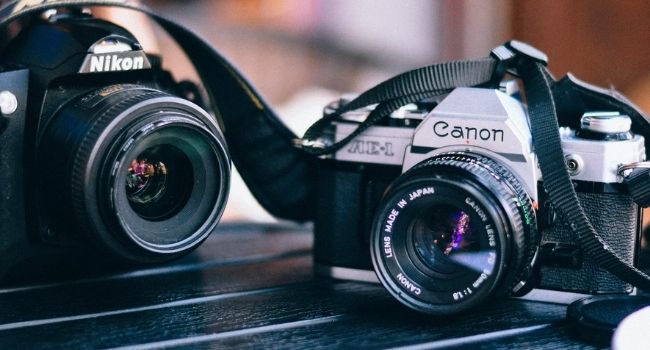
Now, the good news is that whenever you are looking at a mirrorless camera, they have become a lot faster in terms of processing and without any blackouts wither.
Blackout is when you take the image, and the sensor goes black for a while until you wait for the picture to finish processing.
Sure, the early versions of mirrorless cameras had this issue, but the modern ones do not, and that is one of the reasons why these cameras are so in demand because it has become impossible to mess up pictures with mirrorless cameras.
On the other hand, DSLR cameras are comparatively slow and are now limited by the technology that they use.
Sure, for an average consumer, the difference might be negligible at best, but we also have to count in the enthusiasts, and that is when the differentiating factor kicks in.
5- Autofocus
Without a good autofocusing system, there is no point in getting a mirrorless or a DSLR camera, for that matter. I know some people prefer going for manual focusing more, but hey, it is 2023, and we prefer having more time to take pictures than to focus.
With that said, when mirrorless cameras were released, the autofocusing on them was not as good, to be honest. DSLR cameras ruled the autofocusing, especially with Canon’s dual-pixel technology that had the photography and videography world under its thumb.

However, Sony and other companies slowly started catching on with their mirrorless renditions, and Sony is considered to be one of the best camera manufacturers in terms of autofocus. Their eye AF and different renditions of it are excellent, to say the least.
DSLR cameras are still good with their autofocus, but if you are comparing both of these head-to-head, then it falls short and cannot be compared the right way to a mirrorless camera, especially the new one because they are so much better at autofocusing.
6- Size & Weight
Gone are the days when the size and the weight of the cameras did not matter. It is true that back in the day, photographers did not mind having heavy cameras.
Now that I think of it, I believe it is because the photographers in the past did not have any choice whenever they were getting a camera, so they just settled for whatever was available.
Now, the good news is that mirrorless cameras have become a lot smaller than they used to be, and more importantly, they are also a lot more lightweight than they used to be. This makes it a lot easier for the users to carry the cameras with them and lug them around.
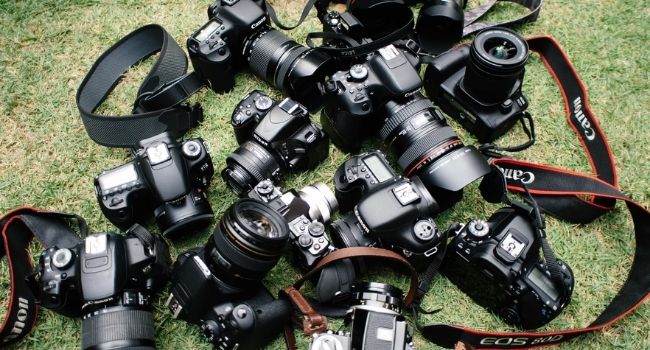
The Sony A7C is one of the smallest mirrorless cameras, and it packs some serious hardware at the same time.
So, you are getting a lot of features in a camera that is small and compact, and considering how mirrorless technology is still evolving, we could see even lighter cameras that are also more compact.
On the other hand, DSLR cameras are heavier and are also larger. This is because they have a mirror in them, and while it might matter like it is a small thing, the added mechanism is going to increase the overall size and weight of the camera as they are not as easy to carry around.
7- Video
While I do not find myself capturing videos as often, I know so many people who prefer their cameras to have better video capabilities than photography, and therefore, it is better that you are keeping a lookout for that. Again, this is not a problem for a lot of people.
As far as video prowess is concerned, mirrorless cameras have come a long, long way. There are so many features such as slow-motion, higher resolution output, image stabilization, and good low-light performance that allows for excellent video capture.
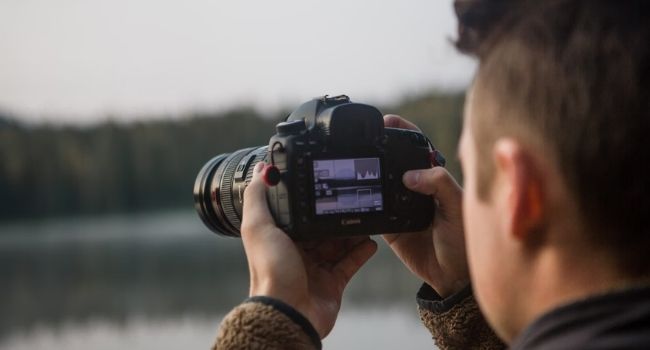
Take Sony’s A7SIII, for example; that camera has a 12-megapixel sensor but is a powerhouse when you are talking about capturing videos. So, the whole concept of videos has evolved a lot in mirrorless cameras.
The DSLR cameras, on the other hand, are also good with videography, but they are sadly not on the same level due to very few innovations being made. So, the obvious winner here is a mirrorless camera.
8- Image Quality
When you are talking image quality, I have always believed this to be a hit and miss. No, I am not saying that this differs a lot in terms of the cameras or is inconsistent.
The thing is, when you are looking at a DSLR or a mirrorless camera, or any camera with interchangeable lenses, the image quality has various attributes or factors that influence it.

For instance, if you take the flagship EOS R6 from Canon and attach a cheap kit lens to it, the image quality is going to suffer. Similarly, if you attach a flagship lens on a mid-range or affordable mirrorless or DSLR like the Sony A6300, you will see an impressive image quality.
Both DSLRs and mirrorless can deliver exceptional image quality even to this day. It all boils down to which lens you are going to use because that matters the most, and you cannot overlook that to begin with.
9- Battery life
The battery life has always been a topic of debate whenever you are looking at and comparing both mirrorless and DSLR cameras.
The reason why this is the case is that a mirrorless camera has to power two screens, the EVF and the actual viewfinder, and therefore, drains more battery.
On the other hand, the DSLR cameras never really have to go through that since they only have to power the actual viewfinder when taking shots or making some adjustments.
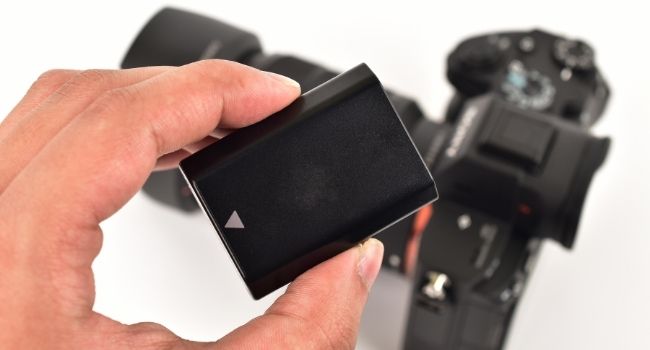
It is true that in the start, the battery life on mirrorless cameras used to be abysmal, to say the least. However, as time has progressed, things have become a lot better in terms of battery life, and nowadays, most modern mirrorless cameras are delivering the same battery life as their DSLR counterparts.
Sure, we are not at the same level in terms of battery life still, but we also have to understand the fact that mirrorless cameras are catching up faster than one might think, and they will easily be better at battery life than they are now.
10- Shooting Speed
Shooting speed refers to how fast a camera shutter can move and how many shots it can take in a second. It usually is represented by frames per second.
Before the mirrorless cameras became what they are today, DSLR cameras ruled the game, they were fast at shooting, and they were largely used in sports and wildlife photography, where you often have to take multiple shots together to get the one-shot that is always perfect.
However, when Sony released the A9II, it proved to the world that mirrorless cameras can be fast in terms of shooting speed.

Canon soon caught up with the EOS R6, and it was then decided that you are looking at a new era of mirrorless cameras that are built for wildlife and sports photography, too.
Today, some of the fastest cameras in the market in terms of shooting speed are, in fact, mirrorless cameras, and I am thrilled because this increase in speed is only going to get better as the times go by.
Therefore, if you are looking for a winner in this category, then mirrorless cameras are the ones that you need to get because they are so much better.
11- Image Stabilization
Optical image stabilization is one of the features that a lot of people have been looking for in modern cameras. It is already available in some of the higher-end smartphones that are available in the market, but for cameras, things are not as easy.
The ability to have the entire sensor move every time there is a movement in the camera is an expensive implementation.

That is not to say that DSLRs do not have in-body image stabilization. They do, but this is limited to mostly higher-end cameras, and they are often out of reach for a lot of buyers, as well. This is not at all convenient and can cause some disruptions as well.
Sure, you can use a lens with image stabilization, but having in-body image stabilization is always better, and that is what you should be going with.
With that said, mirrorless cameras have always been a lot more accepting of adopting new features.
Take the Sony A6600, for example; it is one of the more affordable mirrorless cameras, but it also comes with in-body image stabilization, and while it might not be as advanced as the one you see in A7SIII, the feature being there is better.
Having stabilization is good because it helps you achieve steady shots in low-light, and when you are shooting a video, it takes care of any camera shake. Especially when you have stabilization in both the lens and the camera.
12- Image And Video Playback
One more thing that you are going to have to consider whenever you are buying a new camera is the image and video playback features that both cameras are going to offer. Honestly, it might sound like a lot, but in reality, that is not the case.
The reason why I said that is because a lot of the time, people forget that playing back videos or images on camera is not really what everyone prefers.
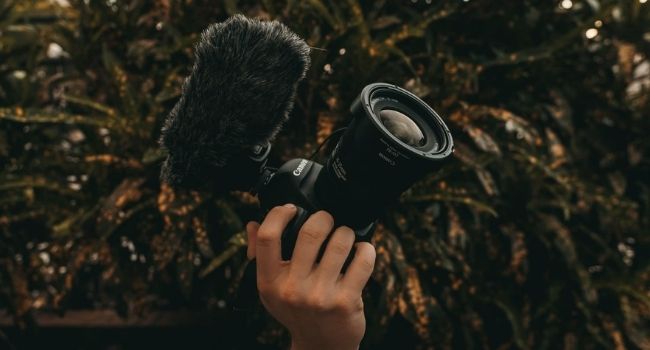
The reason behind that is rather simple. The screens on the cameras are not as big, and therefore, you are not going to get the same results as you might want, and that is one thing that you will have to be careful about, and you cannot just miss out on that.
Thankfully, both DSLR cameras and mirrorless cameras are good as far as providing the ability to playback videos and images are concerned. However, there is one thing about some of the older DSLRs that I have experienced.
For starters, most of the older DSLRs cannot process the slow-motion videos that you will shoot on them. This means that you will have to export the videos onto the computer and then process them to be in the right frame rate.
I know, it does seem like a very small thing, but if you are someone with a proper workflow, this can matter a lot.
13- Exposure Accuracy
We are slowly heading towards the end of our list, and another thing here is that you must take into account is the exposure accuracy. I understand that for a lot of people, getting the right exposure is very, very important.
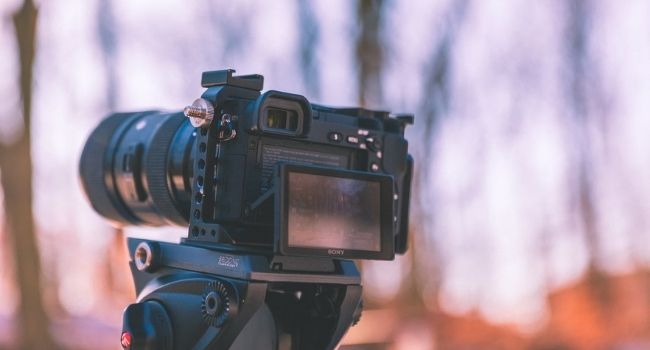
The good thing is that, for a large part, both mirrorless and DSLR cameras handle exposure the same way.
However, the differentiating factor here is that when you are talking about mirrorless cameras, they can understand exposure better because you can see how the picture is going to turn out before you even take it.
This allows you to get the correct exposure every single time, which is excellent for most of the photographers out there.
14- Value for Money
The last part here is the value for money that you are going to derive from a good camera. Be it a mirrorless or a DSLR camera. When it started, mirrorless cameras were significantly more expensive than their DSLR counterparts.
However, over the past couple of years, mirrorless technology has become a lot more common than one might think, and we have reached a point where this is not going to happen, but right now, mirrorless cameras offer a greater value for money.
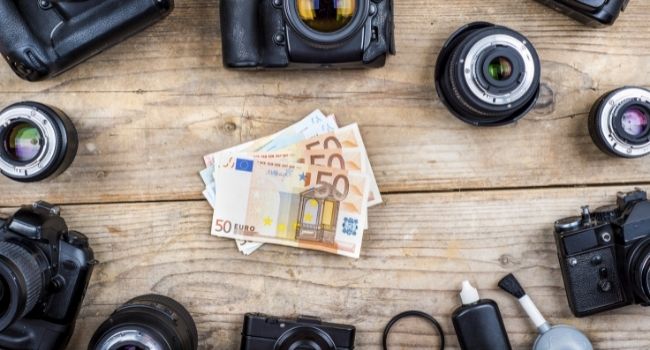
Take the affordable mirrorless cameras, for example. They are affordable, but there are not a lot of corners that are cut, and some of them are giving you features that are often missing in the higher-end DSLR cameras.
This is exactly how it is going to go, as well. Because DSLRs are nearing the end of their lifecycle, from here, you are only going to see the mirrorless cameras dominating the market, and that is how it is going to go, as well.
Mirrorless Vs DSLR: Which Is The Better Camera?
Now that we are done going through all the comparison points, it is time to figure out which camera is better and which one is not.
I know it might not be the right answer for a lot of people, but at this point, the comparison has largely been one-sided, something that I did anticipate in the first place.
With that said, if you are looking to figure out which camera is better, the answer here is rather simple. Mirrorless cameras are a lot more superior to their DSLR counterparts, and to be honest, you are not going to get a better experience than the one that is provided with these cameras.
Everything ranges from the type of image quality they deliver to the features that they are offering and the variety that is available in the market. These cameras are so much better in almost every aspect.
Not just that, you are also getting the fact that mirrorless cameras are still evolving. So, even if you are not buying one at this time, by the time you are ready to go for one, the market will have evolved, and you will have a better camera at your hand.
All these things matter a lot whenever you are looking at a good camera, and it allows you to make the decision that you want without any problems that you might be thinking about.
Wrap-Up:
For anyone who is just getting into photography, I understand that finding the right camera is often a difficult process.
But we are here to help you out with that, and we are going to help you decide the right camera for your use, as well. I understand that this might not be the easiest process for everyone, but as long as you are getting a reliable camera, you are good to go.
Rest assured, once you have bought the camera that you need, you will be just fine. I would always suggest that you look at the requirements you have before you pull the trigger on the camera you need to go for.
Frequently Asked Questions (FAQs)
Q1- Which is better, mirrorless or DSLR?
Answer: If you are looking for a good camera that will satisfy all your photography and videography needs.
Then getting a mirrorless camera is the way to go as they have become inherently superior in terms of how they perform, and they are a lot more modern in terms of the features that they provide.
Q2- What are the disadvantages of mirrorless cameras?
Answer: Mirrorless cameras used to suffer from image quality and battery issues. However, this was only persistent in the early models.
Ever since that, mirrorless cameras have evolved a lot and are now much, much better than DSLR cameras in every single way.
Q3- Are mirrorless lenses better than DSLR lenses?
Answer: No, that is not the right statement. Lenses rely solely on the mount that the camera has rather than the type of camera it is.
Therefore, the argument that mirrorless lenses are better than DSLR lenses is not all that valid, and that is one thing that everyone should be aware of whenever they are buying a camera.
Q4- Is mirrorless the future?
Answer: Yes, mirrorless cameras are the future and for all the right reasons, too. For instance, mirrorless cameras continue to evolve, and this is a very tempting reason for people to start investing in these cameras as you will not be disappointed at all whenever you are getting a good mirrorless camera.
Q5- What kind of camera do most professional photographers use?
Answer: That depends. I know a lot of photographers and even videographers are using mirrorless cameras.
For starters, the Sony A7III is one of the favorite cameras of several YouTubers and is being actively used by them, too. The camera is a hybrid, meaning it is suitable for both filmmaking and videography.
Q6- Why are mirrorless cameras so expensive?
Answer: Mirrorless cameras used to be expensive due to the cameras using better, more advanced technology.
However, over the past couple of years, these cameras have become a lot more affordable, and you do not have to worry about paying a lot of money because that is not the case.
Q7- Are mirrorless cameras good for night photography?
Answer: Modern mirrorless cameras have excellent sensors that make it easy for them to capture low-light photography without introducing too much noise. So, yes, modern mirrorless cameras are excellent for night photography.